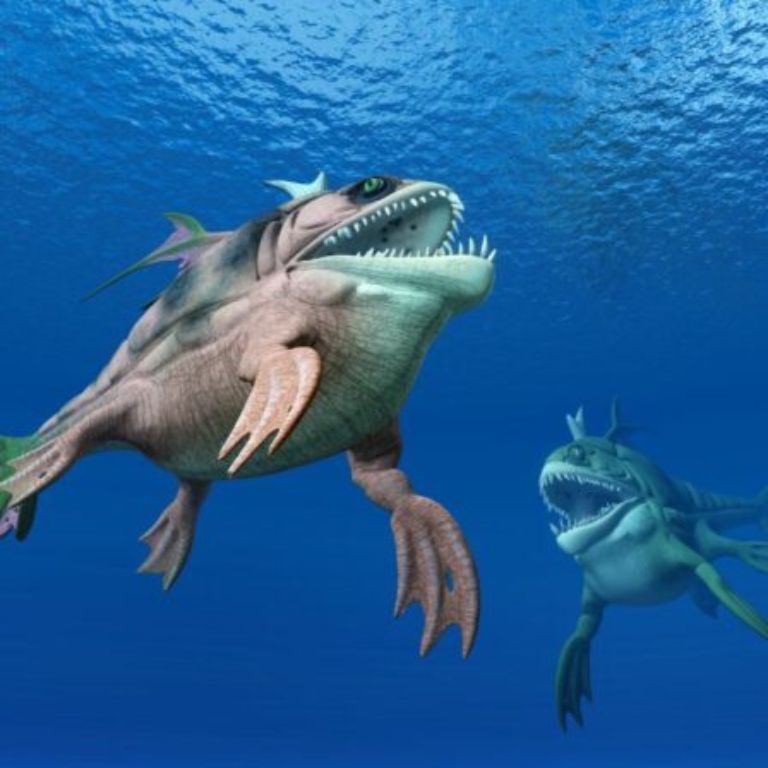Talamone and its history
TALAMONE AND ITS HISTORY
Every place has a story.
Talamone is no exception: situated south of the Monti dell’Uccellina and overlooking the Gulf of Argentario, it has much to tell.
Starting from its very ancient origins, which are also intertwined with Greek mythology on the etymology of the name, through the Etruscan settlements first and the Roman domination later, passing through famous battles such as the one in 225 BC between the Romans and the Gauls, which saw the former victorious despite the disparity in numbers, or the one between Silla and the rebels led by Gaius Marius – which ended with the destruction of the village in 82 BC as a reprisal by Silla’s men.
After a silence of several decades, historical sources return to talk about Talamone around the year 1000, when it came under the rule of the Aldobrandeschi family – who built the famous fortress that still dominates the gulf – and later of Siena, who strongly wanted an outlet to the sea, and whose influence was felt enough to find Talamone in Lorenzetti’s fresco ‘Effects of Good Government in the City’ in the Sala dei Nove of the Palazzo Pubblico and the village’s twinning with the contrada dell’Onda.

It was then in 1559 that Talamone was ceded to Spain and became part of the Stato dei Presidi, a Tuscan governorate wanted by King Philip II of Spain as a prerogative of the Spanish Viceroys of Naples.
But it was in 1860 that Talamone became famous: it was here that Giuseppe Garibaldi (to whom the statue in the square near the hotel is dedicated) disembarked to procure arms and water during the Expedition of the Thousand, although already in 1367 Pope Urban V stopped here on his way back from Avignon, and later in 1798 Admiral Horatio Nelson on his voyage from Toulon to Naples.

Let yourself be enveloped in the story in advance!







